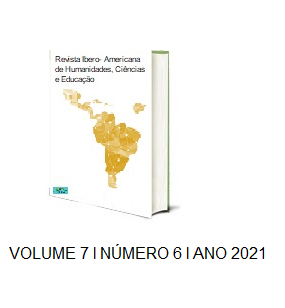IDENTIFICAÇÃO DO RISCO DA RESISTÊNCIA DE PSEUDOMONAS AERUGINOSA A ANTISSÉPTICOS EM UNIDADES DE EMERGÊNCIA: UMA REVISÃO DE LITERATURA
DOI:
https://doi.org/10.51891/rease.v7i6.1429Keywords:
Antiseptics.Hospital Infection. Pseudomonas aeruginosa.Abstract
Introduction: Bacterial resistance can occur as a defense strategy for bacteria. The bacterium Pseudomonas aeruginosa stands out among the group of gram-negative bacteria, as it is constantly related to high rates of morbidity and mortality in patients in the emergency unit. Objective: To identify which antiseptics used in the emergency unit promotes a greater risk of colonization and resistance of Pseudomonas aeruginosa. Method: This is an integrative literature review carried out from March to July 2020. Results: Some antiseptics used in the emergency unit, such as synthetic phenols, quaternary ammonium compounds, chlorhexidine and polyhexamethylene biguanide, do not have good efficacy against gram-negative bacteria P. aeruginosa, the first to manifest multidrug-resistant phenotypes to many antimicrobials. Conclusion: The risk of P. aeruginosa resistance to antiseptics is increasing. With the proliferation of this bacterium in the emergency unit, it can trigger a picture of nosocomial infection in the patient, with complications and death.
Downloads
Downloads
Published
How to Cite
Issue
Section
Categories
License
Atribuição CC BY

